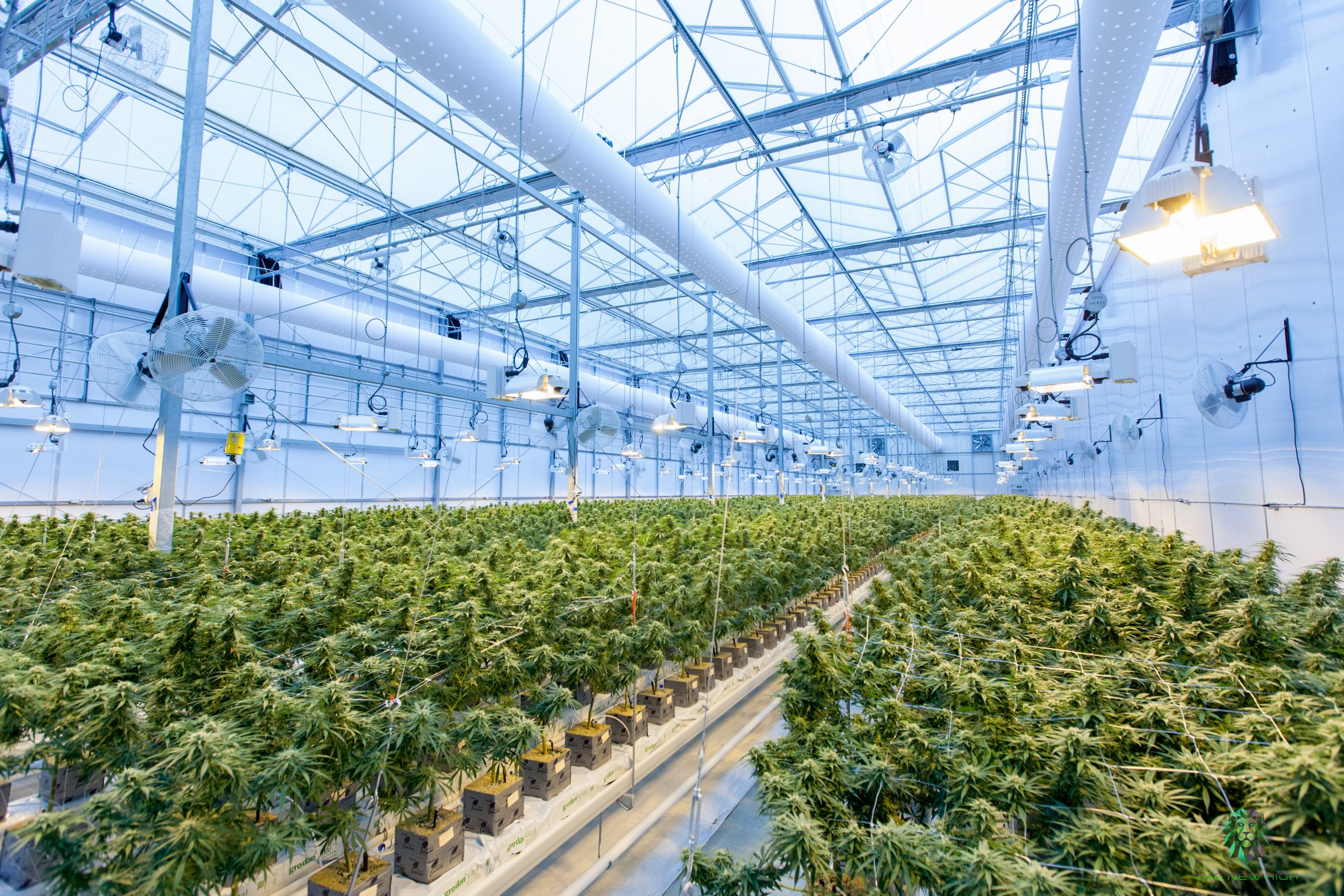
- Summarization of Client’s competitive advantages (and weaknesses) and benchmark requirements (quality, packaging, pricing, caliber, etc.) in each market.
- Analysis of key clients (e.g. Russian supermarket chains)
- Provision of SWOT analysis and summary of findings for the Project. Included in the SWOT analysis should be key risks and mitigation measures, including crop and disease risk and geopolitical risk.
- Carry out a cost-benefit analysis for different supply arrangements (e.g. seeds, fertilizers, pesticides), and provision of comments on how each arrangement mitigates volume, price, and quality risks in the long-term. Comments on any regulation that may affect these arrangements.
- Analyze Client’s dependence on imports of certain raw material and how this dependence is being addressed now and going forward to mitigate volume, price, and quality risks in the long-term. Comment on any regulation that may affect these imports.
- Analyze Client’s dependence on commercial arrangements with external suppliers of services along the value chain, especially for products requiring cold chain transportation (e.g. refrigerated trucks, third-party cold storage).
- Review the quality of the structure and equipment of existing greenhouse facilities.
- Comment on production processes, capacity utilization, productivity per square meter, quality processes, maintenance cycle, management, logistics, transportation, water management, waste management, and working relationships in these facilities.
- Comment on the suitability of the proposed location for the planned expansion.
- Review the proposed design, technology and equipment. Comment on the suitability of the proposed method of construction, including a semi-closed technological solution, and proposed equipment.
- Carry out cost-benefit analysis for the proposed semi-closed greenhouse against other types of greenhouses
- Validate project cost. Confirm adequacy of each cost item (this may include interviews with potential equipment suppliers and contractors, in the absence of firm quotes), including contingency. Assess project cost relative to expected yield.
- Confirm suitability of proposed arrangements for operation and maintenance including, but not limited to, availability of management and operational expertise, quality systems, procurement and distribution systems, emergency and contingency plans.
- Analyze past financials, including revenue growth by business line, EBITDA margin by business line, and level of working capital by business line, and comment on any abnormality in comparison to industry benchmark.
- Review overall investment program and confirm that the amounts and timing of investment are appropriate given market demand, competitive positioning, and current capacity utilization of existing greenhouses. Suggest a revised, conservative investment plan as required.
Based on the above tasks, review, validate, and comment on the ten-year projections (2017-2026) and the current financial model (for the period 2017-2026), including a breakdown by business line and between domestic sales and exports, and including the full set of financial statements (balance sheet. income statement, cash flow statement). The review and validation of the financial model components will encompass qualitative and quantitate assessments of its robustness. As required, the Consultant will recommend revised conservative base case in case project assumptions are perceived as too aggressive and provide ADB with suitable revised assumptions for the financial model. The Consultant will also suggest sensitivity scenarios consistent with risks identified in the Market Analysis.

